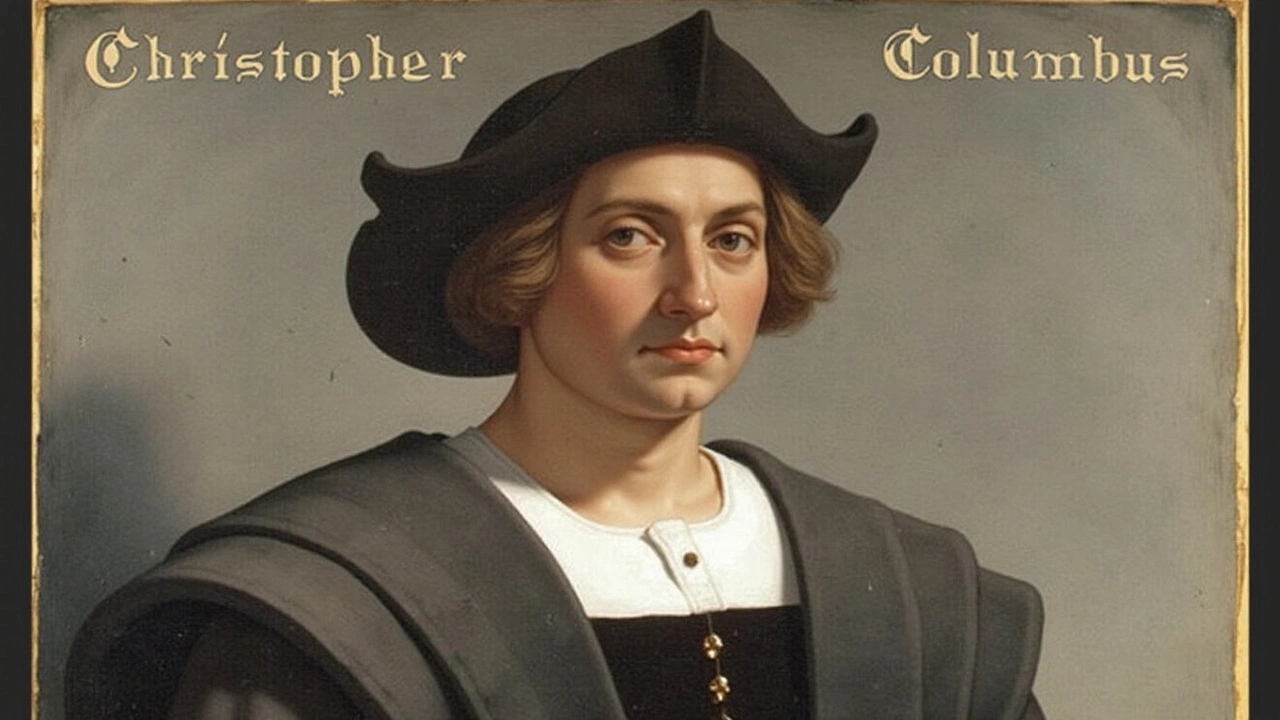Jewish ancestry: How to trace your family roots
Want to know if your grandparents or great-grandparents were Jewish? Start simple: talk to older relatives. Ask for full names, places of birth, towns, and any family stories about synagogue life, rituals, or moves. Even small details — a Hebrew name, a burial place, or a town name — can crack open big leads.
Where to start
Grab documents next. Look for birth, marriage and death certificates, old passports, immigration papers, and obituaries. Marriage contracts (ketubot), cemetery headstones, and synagogue membership lists are gold. If relatives have photo albums, check for Hebrew writing or ritual objects like a menorah or tallit.
Don’t forget local records. City archives, civil registries and national immigration files often hold passenger lists and naturalization papers. For Holocaust-era research, search Yad Vashem and Holocaust archives for Pages of Testimony and transport lists. JewishGen.org has searchable databases for towns across Europe and beyond.
DNA and records: what they tell you
DNA tests help but don’t tell the whole story. Autosomal tests (Ancestry, 23andMe, MyHeritage) show recent Jewish ancestry and can connect you with living relatives. Y-DNA traces the direct paternal line; mtDNA traces the direct maternal line. Both can be useful if you know which branch to test.
Remember limitations: Jewish identity is also religious and cultural, and conversions or name changes can hide links. DNA can point you to relatives and regions, but you still need documents to confirm family stories. Use DNA matches to identify cousins, then compare family trees and records to find common ancestors.
Regional context matters. If your family is from North Africa, Morocco or Tunisia records and community registers are key. For Ethiopian links, look into Beta Israel archives and Israeli absorption records. Southern African stories sometimes involve the Lemba; East Africa has smaller communities like the Abayudaya. Each region has different record types and migration patterns.
Use focused resources. JewishGen, SephardicGen, local Jewish historical societies, and national archives are top places to search. Join Facebook groups or mailing lists for the town or region your family came from. Volunteers and local researchers often share digitized records and burial transcriptions.
Protect privacy and verify carefully. Always document sources and note where a claim is solid or just a lead. If you hit a wall, consider hiring a professional Jewish genealogist who knows where to look and how to read Hebrew or old script.
Ready to start? Make a list of questions, gather what your family has, run an autosomal test for matches, and pick one archive to search this week. Small, steady steps lead to clear family stories faster than endless guessing.

Genetic Study Links Christopher Columbus to Sephardic Jewish Ancestry
Keabetswe Monyake Oct 14 18A groundbreaking study by Spain's University of Granada links Christopher Columbus to Sephardic Jewish ancestry through an analysis of his son Hernando Colón's DNA. The research, led by forensic scientist José Antonio Lorente, suggests genetic ties to the Iberian Peninsula, where Jews thrived in medieval times. The findings may reshape understandings of Columbus's heritage and historical motivations.
More Detail